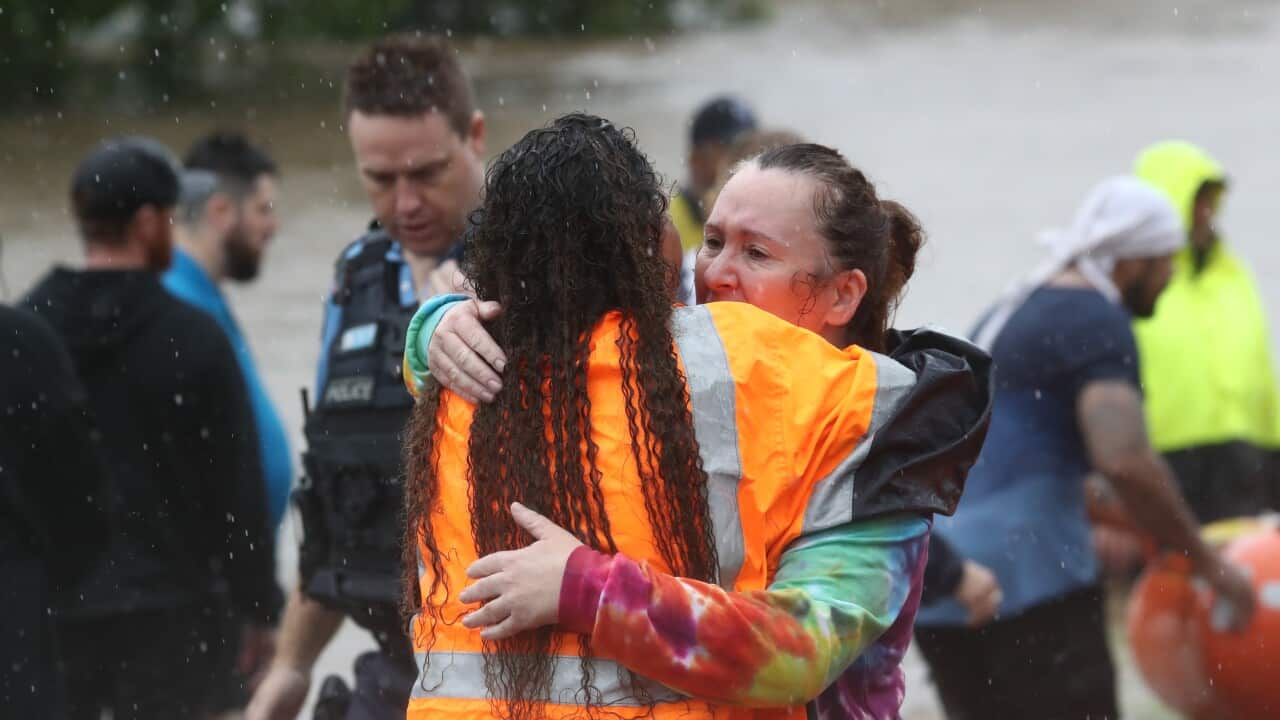Key Points
- A NSW parliamentary committee is investigating the state's response to devastating floods earlier this year
- 13 people died due to flooding in NSW
NSW disaster management agencies have defended their rescue and recovery response to the record-breaking floods which claimed 13 lives earlier this year.
NSW Resilience Commissioner Shane Fitzsimmons, State Emergency Service boss Carlene York and Rural Fire Service Commissioner Rob Rogers appeared on the final day of hearings before an upper house committee on Wednesday.
The inquiry is examining authorities' ability to save lives and property during the catastrophic floods and is separate to the government's own investigation.
Committee chairman, Labor MP Walt Secord, said communities in the state's north were angry that Resilience NSW had treated the "fourth worst natural disaster" in modern Australian history as a "nine-to-five job".
But Mr Fitzsimmons vigorously defended the agency's conduct in reaching and supporting flood evacuees.
Resilience NSW is responsible for all aspects of disaster recovery in the state.
"We're not a 24-hour organisation. We don't have thousands of personnel," he said.
"We're active and engaged but we're only a couple of hundred people.
"We don't have the scale or resourcing during the response phase of these events."
In her opening statement, Ms York said 13 lives were lost from late February until early April across the state, with the town of Lismore in the Northern Rivers region hit the hardest.
The SES was dispatched to more than 2200 flood rescues and responded to in excess of 33,400 requests for help.
More than 5600 staff and volunteers were involved in the rescue efforts.
Ms York noted more than 4000 properties were deemed uninhabitable after the waters subsided.
Victims of the rising waters harshly criticised the state's response after the first round of flooding, with many residents in northern NSW remaining without electricity for six weeks.
Labor MP Penny Sharpe levelled criticisms at the SES for not communicating with flood-affected communities effectively over which rescue agency would take the lead, describing the response as "confused".
"I'm not sure why there's confusion from the community," Ms York said.
"I don't think anything has gone wrong in relation to command and control."
The SES chief defended her agency's use of resources, noting it was a state-wide event that needed to be managed fluidly.
"Not all helicopters, for example, were sent to Lismore," she said.
"They wanted more but we also needed those at the Central Coast, we needed them at Hawkesbury-Nepean Valley and down at Shoalhaven.
"Our resources were spread ... and as different events passed in urgency and criticality, we move resources around."
The committee will submit its recommendations to the government in August.












